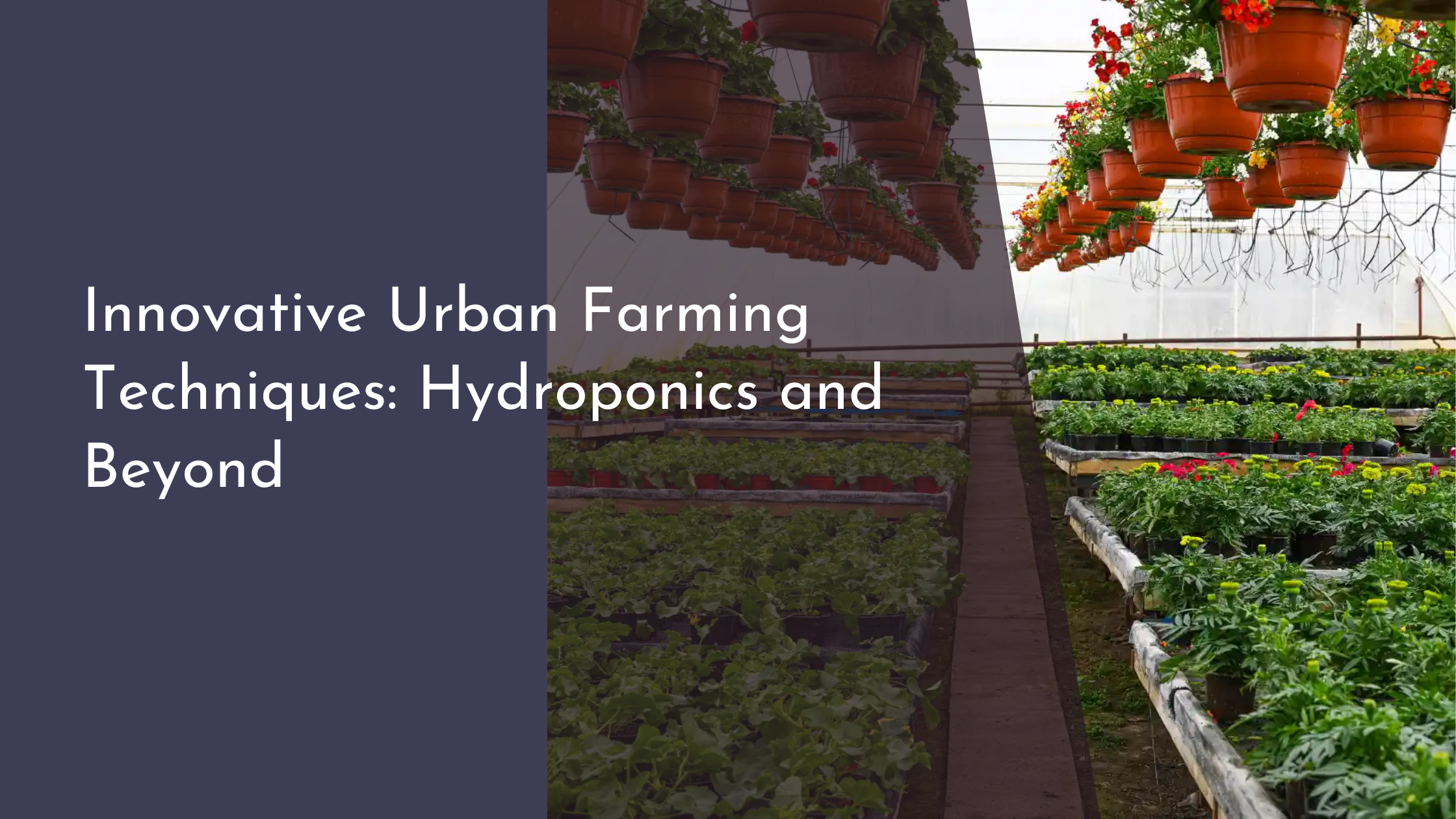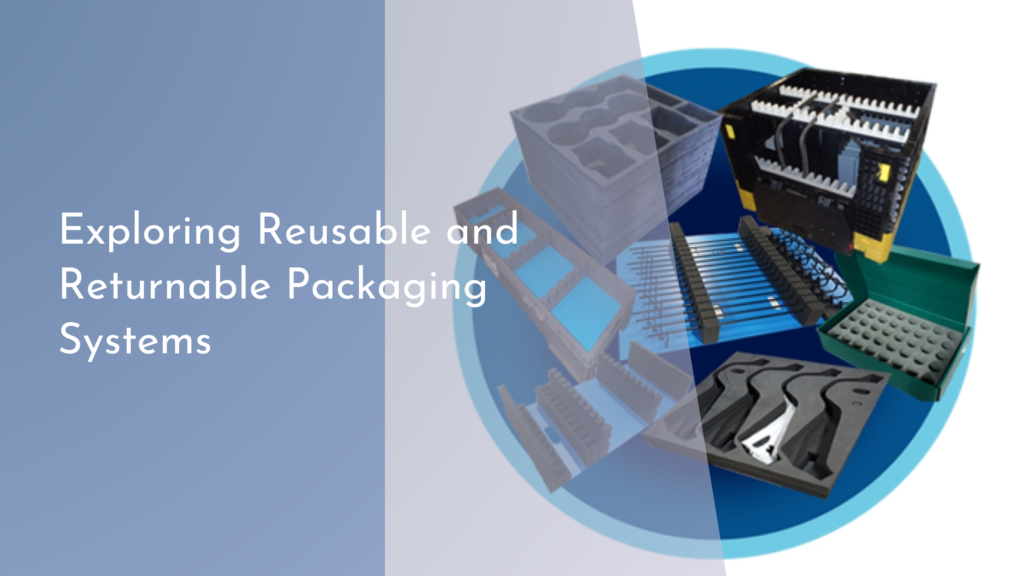Innovative Urban Farming Techniques: Hydroponics and Beyond
Urban farming has rapidly transitioned from a niche interest to a mainstream movement, driven by the need for sustainable living and fresh produce in densely populated areas. As cities grow and traditional farming faces challenges, innovative urban farming techniques are emerging to bridge the gap between nature and the urban environment. In this article, we delve into the fascinating world of urban farming, highlighting the role of hydroponics and exploring other groundbreaking methods that hold promise for a greener urban future.
Exploring the Rise of Urban Farming
Urban farming has gained significant traction in recent years as cities seek sustainable solutions to feed their growing populations. The concept encompasses a variety of practices, from rooftop gardens to vertical farming, and is reshaping how city dwellers access fresh produce. The movement is fueled by technological advancements, increased land scarcity, and a collective desire to reduce carbon footprints. As urban areas become more congested, residents and city planners alike are recognizing the importance of integrating agriculture into the cityscape to promote food security and enhance urban biodiversity.
Moreover, urban farming is not just about growing plants; it is reshaping communities and social dynamics. Community gardens are sprouting in neighborhoods, serving as spaces for social interaction, education, and collaboration. These gardens offer a unique opportunity for individuals to connect with their food sources and learn about sustainable practices. Urban farming initiatives are also creating economic opportunities, providing jobs in agriculture and related sectors, and inspiring entrepreneurial ventures focused on innovative farming technologies.
Unlocking the Secrets of Hydroponics
Hydroponics is one of the most revolutionary urban farming techniques, enabling crops to be grown without soil by using mineral nutrient solutions in water. This method offers numerous advantages, such as reducing the need for land, conserving water, and allowing for year-round cultivation, regardless of weather conditions. Hydroponic systems can be set up in various urban settings, from small apartments to large industrial spaces, making it a versatile option for city dwellers.
The science behind hydroponics is both fascinating and complex. By providing plants with precisely controlled nutrients, growers can optimize plant growth and yield. This method also reduces the incidence of soil-borne diseases, leading to healthier plants. Advanced hydroponic systems can be automated, using sensors and software to monitor and adjust nutrient levels and environmental conditions, providing an efficient and sustainable way to grow food in urban settings. As urban populations continue to grow, hydroponics offers a practical solution to meet the increasing demand for fresh produce.
Beyond Hydroponics: New Farming Frontiers
While hydroponics has garnered much attention, other innovative farming methods are also making waves in the urban agriculture scene. Aquaponics, for instance, combines hydroponics with aquaculture, using fish waste to fertilize plants. This symbiotic system not only provides fresh produce but also supports fish farming, creating a closed-loop ecosystem that maximizes resource efficiency. Urbanites can enjoy a diverse harvest of vegetables and fish right in their homes or community spaces.
Vertical farming is another cutting-edge technique that is pushing the boundaries of urban agriculture. By stacking multiple layers of crops vertically, this method utilizes minimal ground space while maximizing yield. Vertical farms often incorporate advanced technologies like LED lighting and climate control systems to optimize plant growth. These farms can be established in urban buildings, transforming unused or underutilized spaces into productive agricultural hubs. With the potential to grow a wide range of crops, vertical farming is poised to revolutionize how cities produce food.
Embracing a Greener Urban Future
As cities face increasing environmental challenges, embracing innovative urban farming techniques is essential for creating a sustainable future. By integrating farming into urban areas, cities can reduce their carbon footprint, improve air quality, and foster biodiversity. Urban farming also plays a critical role in educating city dwellers about sustainable practices and the importance of local food systems, fostering a culture of environmental stewardship.
The momentum behind urban farming continues to grow as individuals, communities, and policymakers recognize the myriad benefits it offers. By embracing and investing in these innovative techniques, cities can transform their landscapes into vibrant, productive spaces that support both human and environmental health. Whether through hydroponics, aquaponics, vertical farming, or other emerging methods, the future of urban farming is bright, promising a greener and more resilient urban ecosystem.
Urban farming represents a beacon of hope for sustainable living in our rapidly urbanizing world. With its array of innovative techniques, from hydroponics to the latest farming frontiers, urban agriculture is poised to reshape our cities and our relationship with food. As we look towards a greener urban future, the continued development and adoption of these techniques will be crucial in building sustainable and resilient communities, paving the way for a healthier planet for generations to come.


